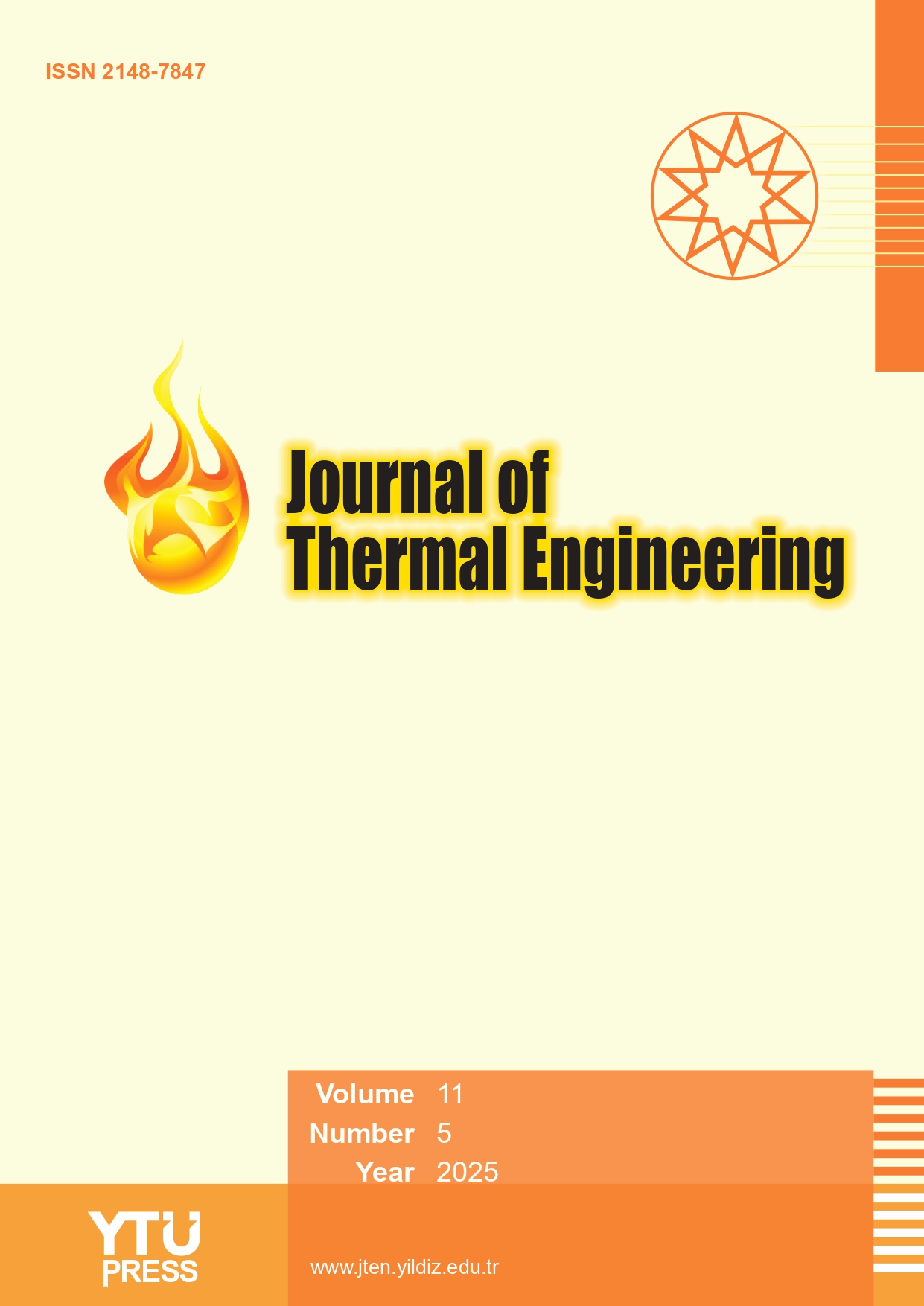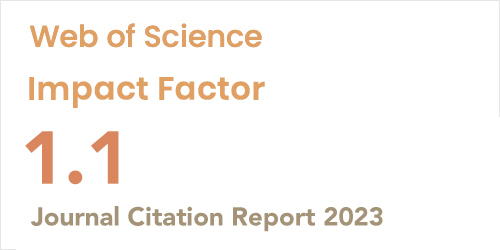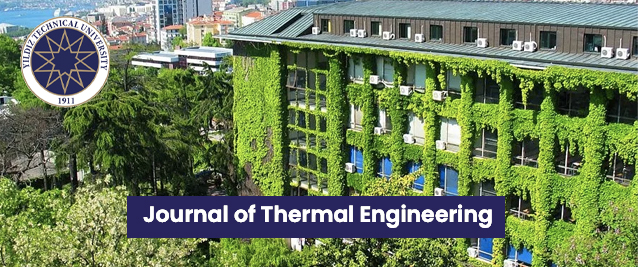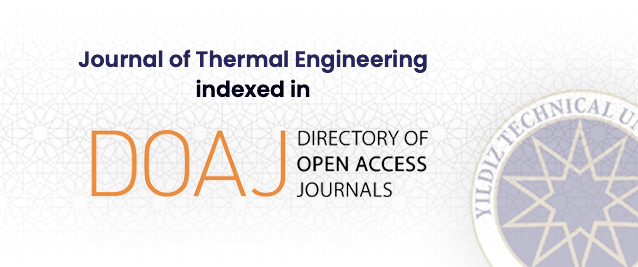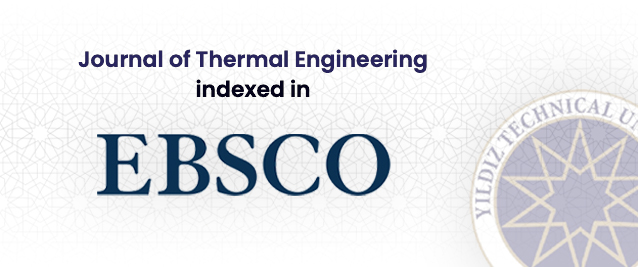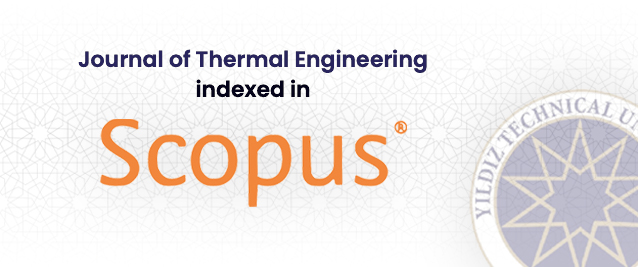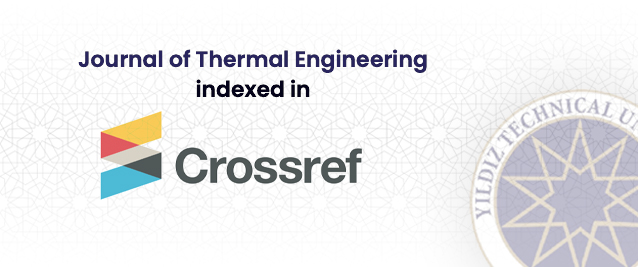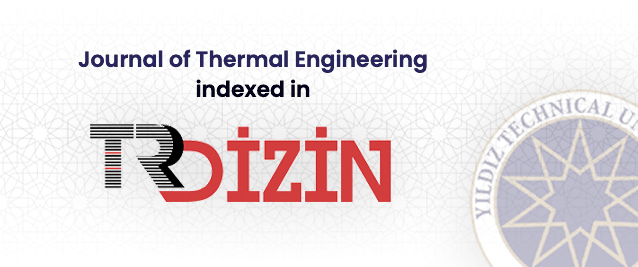Abstract
Fin-tube heat exchangers play a crucial role in various industrial and HVAC applications due to their high heat transfer efficiency. This study focuses on the numerical analysis of fin-tube heat exchangers integrated with curved trapezoidal winglet vortex generators. In the current work, the impact of three key factors on heat transfer and flow characteristics: inlet velocity (2–5 m/s), vortex generator position angle (45°–120°), and arc length (3.80–6.33 mm) is analyzed. To enhance the accuracy of output predictions, this research extends beyond conventional parametric studies by utilizing a structured design of experiments approach. The study determines the optimal configurations through Kriging response surface methodology analysis. Results indicate a potential 48.5% improvement in heat transfer and up to an 18.3% enhancement in thermo-hydraulic performance. Moreover, the study reveals that improper sizing and positioning of vortex generators may lead to a 5% decrease in thermo-hydraulic performance compared to the heat exchanger without vortex generators. This work aims to explore strategies for enhancing the thermal performance of fin-and-tube heat exchangers through novel vortex generator designs by considering their geometric dimensions and positioning.


